Table of Contents
What is Tailor’s Bunion?
A Tailor’s Bunion, also known as a bunionette, is a common foot condition that manifests primarily in two ways: through the enlargement of the lateral head of the fifth metatarsal and the curvature in the distal half of the fifth metatarsal. This condition often develops due to prolonged wear of tight shoes, leading to discomfort, pain while wearing shoes, and a progressively visible deformity. The name “Tailor’s Bunion” originates from the profession of tailors who historically sat cross-legged, applying pressure on the outside of their feet, which could contribute to the condition.

Disclaimer: Affiliate programs sponsor this site. We may earn money from the companies mentioned in this post as an Amazon affiliate partner, and we may earn from qualifying purchases.
Symptoms and Diagnosis
The primary symptom of a Tailor’s Bunion includes a swollen bump on the outside of the foot near the base of the little toe. This can lead to discomfort, particularly when wearing certain types of footwear that press against the bump. Diagnosis typically involves a physical examination by a healthcare provider and, in some cases, imaging tests such as X-rays to assess the extent of the deformity and guide treatment planning.
Non-Surgical Treatment Options
- Wearing wider, more comfortable shoes to reduce pressure on the bunion.
- Using padding or orthotic devices to alleviate discomfort.
- Engaging in specific exercises to strengthen the foot and improve alignment.
In some cases, medications may be prescribed to manage pain and inflammation.
Importance of Proper Footwear
Wearing proper footwear is crucial in managing and preventing the progression of a Tailor’s Bunion. Shoes with a wide toe box, soft materials, and adequate support can help alleviate pressure on the bunion and provide comfort. Avoiding high heels and tight-fitting shoes is also recommended to minimize exacerbation of symptoms.
Home Remedies
- Applying ice to reduce swelling.
- Taking over-the-counter pain relievers for discomfort.
- Performing exercises designed to strengthen the feet and improve flexibility.
These measures can provide symptomatic relief and support overall foot health.

Professional Podiatry Care
Seeking care from a podiatrist is essential for the comprehensive management of Tailor’s Bunion. Podiatrists can offer specialized advice on proper footwear, prescribe custom orthotic devices, and guide effective home care strategies. They may also perform procedures to remove calluses or administer injections to reduce inflammation.
Surgical Options
Surgery may be considered for those with severe deformities or when non-surgical treatments fail to provide adequate relief. Surgical procedures can vary from minimally invasive techniques to more extensive bone realignment corrections. Postoperative care is critical for successful recovery, often involving the use of special footwear and physical therapy to support healing. University Foot & Ankle Institute. Retrieved from Understanding Tailor’s Bunions: Causes, Symptoms, and Solutions
Pain Management Post-Surgery
After surgery, pain management is a critical component of recovery. This may involve using medications, applying ice, and elevation of the foot to reduce swelling. Physical therapy may also be recommended to restore strength and mobility.

What is calm?
We were tired of natural sleep remedies that didn’t work, so we spent the last four years creating Calm, a proprietary extract made from the Amanita Muscaria mushroom that was effective and made falling asleep something to look forward to.
Disclaimer: Affiliate programs sponsor this site. We may earn money from the companies mentioned in this post as an Amazon affiliate partner, and we may earn from qualifying purchases.
Prevention Strategies
- Wearing appropriate footwear that provides sufficient space for the toes,
- Avoiding high heels and
- Maintaining a healthy weight reduces pressure on the feet.
Regular foot exercises can also help keep the feet strong and flexible, potentially reducing the risk of developing Tailor’s Bunion.
When to Seek Medical Advice
It is essential to consult a healthcare provider if you experience persistent pain, difficulty walking, or noticeable changes in the shape of your foot. Early intervention can help prevent the condition’s progression and improve quality of life.
Disclaimer: Affiliate programs sponsor this site. We may earn money from the companies mentioned in this post as an Amazon affiliate partner, and we may earn from qualifying purchases.
FAQ Section
- Can exercises help in managing Tailor’s Bunion?
Exercises to strengthen and stretch the feet can relieve Tailor’s Bunion symptoms by improving foot mechanics and alignment. However, it’s essential to consult a healthcare provider to ensure these exercises suit your specific condition. - Is Tailor’s Bunion the same as a regular bunion?
No, Tailor’s Bunion, or bunionette, specifically affects the joint at the base of the little toe, while a regular bunion affects the joint at the base of the big toe. Both conditions share similarities in symptoms and treatment approaches but occur on different parts of the foot. - How long does it take to recover from Tailor’s Bunion surgery?
Recovery time varies depending on the type of surgery performed and the individual’s health. Generally, it can take several weeks to a few months to fully recover. Following your surgeon’s postoperative care instructions is crucial for a successful outcome. - Can children develop Tailor’s Bunions?
Yes, children can develop Tailor’s Bunions, although it’s more common in adults. Early intervention can help manage the condition and prevent its progression. - Are there any specific shoes recommended for someone with Tailor’s Bunion?
Shoes with a wide toe box, soft materials, and proper arch support are generally recommended for individuals with Tailor’s Bunion to reduce pressure on the affected area and provide comfort. - Can Tailor’s Bunion recur after surgery?
While surgery aims to correct the deformity permanently, recurrence is possible, primarily if the underlying causes, such as wearing tight footwear, are not addressed. - Is icing effective for Tailor’s Bunion pain?
Applying ice to the affected area can help reduce inflammation and pain associated with Tailor’s Bunion. Like a cloth, a barrier is recommended between the ice and skin to prevent frostbite. - What are the risks of ignoring Tailor’s Bunion?
Ignoring Tailor’s Bunion can lead to worsening pain, increased deformity, and the development of additional complications, such as bursitis or hammertoes, making treatment more challenging. - Can weight affect a Tailor’s Bunion?
Excess weight can increase pressure on the feet, potentially exacerbating the symptoms of Tailor’s Bunion and hindering recovery. Maintaining a healthy weight can help manage and prevent symptoms. - Are there any alternative treatments for Tailor’s Bunion besides surgery?
Alternative treatments may include custom orthotics, padding, physical therapy, and lifestyle modifications, such as choosing appropriate footwear. These options can relieve symptoms and address some biomechanical issues contributing to the condition.
Also Read: Bunion Corrector: The Best Guide to Relief and Prevention and The Best Toe Straightener Guide: Benefits, Selection & Care | 2024
For those struggling with Tailor’s Bunion, understanding the condition, exploring treatment options, and implementing preventive measures can improve foot health and quality of life. Consulting with a professional podiatrist for personalized advice and treatment is strongly recommended.
Conclusion
Tailor’s bunion, a familiar yet often painful foot condition, affects your daily activities and can also impact your overall quality of life. Understanding the condition, recognizing the symptoms, and exploring both non-surgical and surgical treatment options are crucial steps toward achieving relief and preventing further complications. Emphasizing the importance of proper footwear, considering home remedies, and engaging in preventive strategies are critical elements in managing Tailor’s Bunion effectively. Remember, the goal is not just to treat the symptoms but to ensure the health and functionality of your feet for years to come.
Call to Action
If you are experiencing symptoms of Tailor’s Bunion or seeking ways to prevent its onset, do not wait for the condition to worsen. Take proactive steps by consulting with a professional podiatrist who can offer personalized advice and treatment options tailored to your unique situation. Whether you are considering non-surgical treatments to alleviate symptoms or exploring surgical options for a more permanent solution, expert guidance is invaluable. Visit a podiatry clinic today to learn about achieving healthier, pain-free feet. Remember, caring for your feet is an investment in your overall well-being and quality of life.
For more information on managing Tailor’s Bunion and to schedule a consultation, please visit the websites of reputable podiatry clinics like the University Foot and Ankle Institute and Dr. Elizabeth Auger’s practice, or contact a local healthcare provider specializing in foot and ankle care. Your journey toward better foot health begins with a single step. Decide to seek professional care today and walk into a future of comfort and mobility.

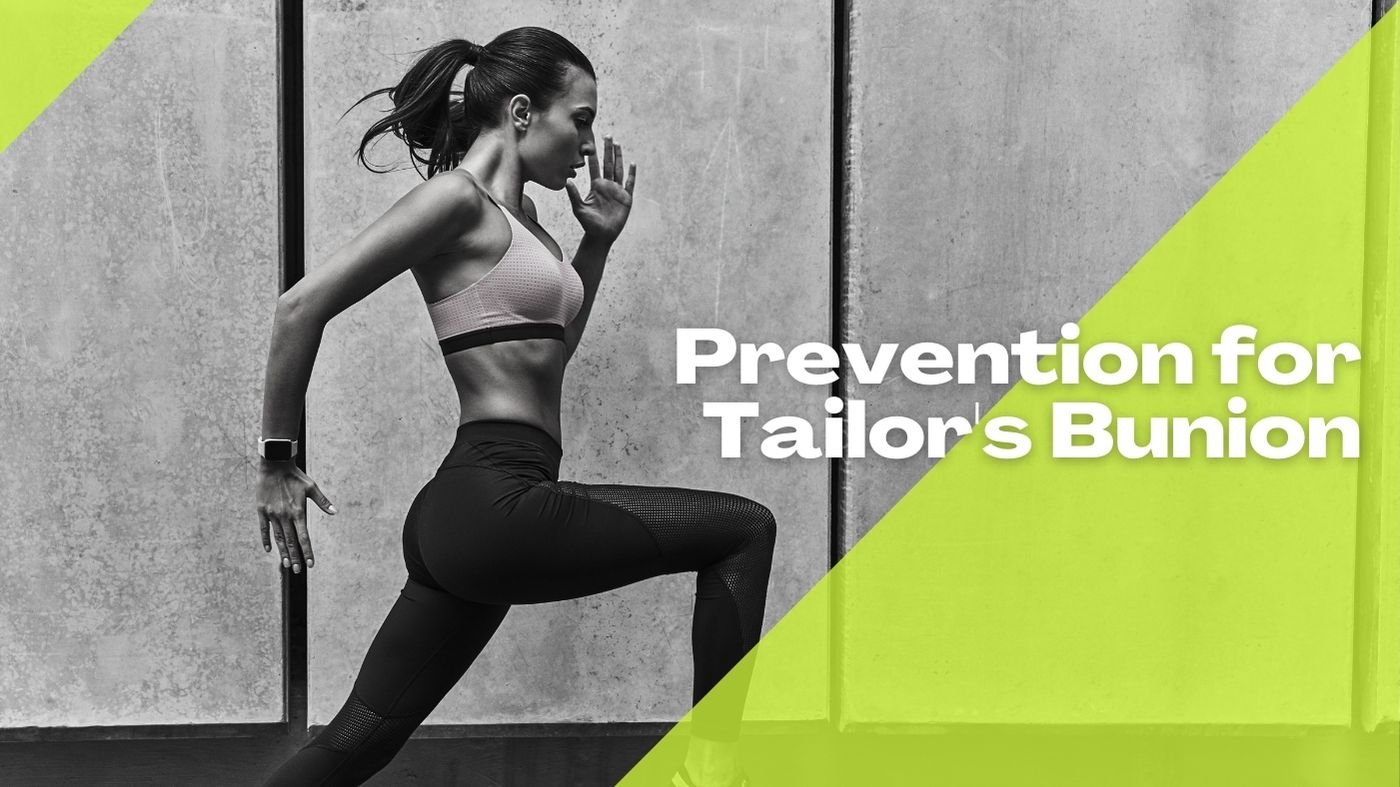
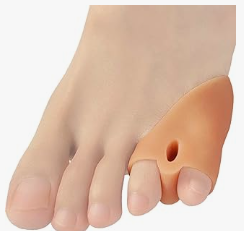
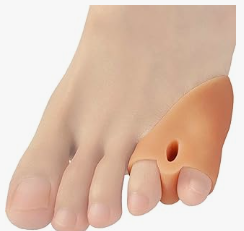
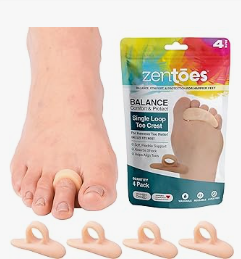
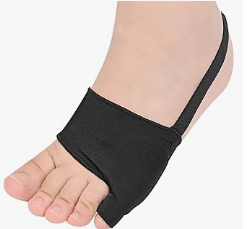
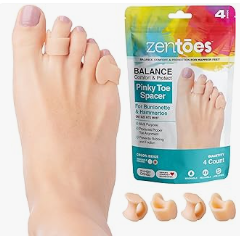
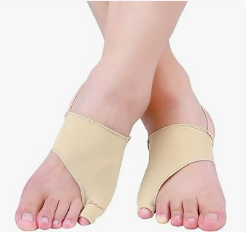



Pingback: How To Shrink Bunions Naturally: The 7 Best Tips To Non-Surgical Relief